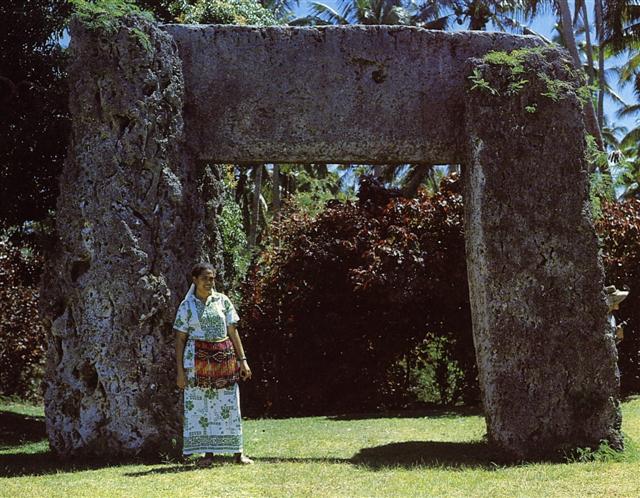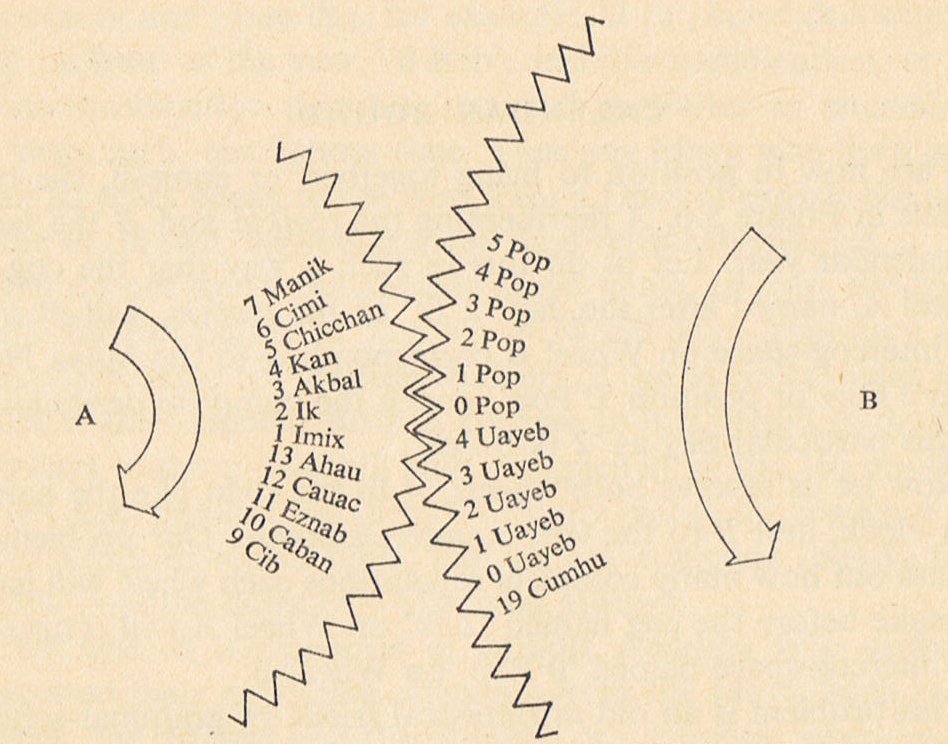350. By the time Bharani had reached 0h the stars had glided ahead with *64 - *41 = *23 right ascension days since the time of the Bull:
The dates in this time frame were meaningful, because day 73 implied the cardinal point defined as 365 / 5 respectively the cardinal point defined as day 3 counted from heliacal Sirius (always rising with the Sun in day 181). ... The Sothic cycle was based on what is referred to in technical jargon as 'the periodic return of the heliacal rising of Sirius', which is the first appearance of this star after a seasonal absence, rising at dawn just ahead of the sun in the eastern portion of the sky. In the case of Sirius the interval between one such rising and the next amounts to exactly 365.25 days - a mathematically harmonious figure, uncomplicated by further decimal points, which is just twelve minutes longer than the duration of the solar year ... March is the 3rd month (according to the Gregorian and Julian calendar structures) and July the 7th month. Thus Tarahao 14 (corresponding to day 14 in "March) was 3-14 and He Anakena 3 was 7-3. From 3-14 the association went to π expressed in 3 digits, and this universal constant had a Greek letter (Π) which described its function as a kind of 'door' from one half of the circle to the next.
The date 3 days after Sirius, i.e. He Anakena 3, would be written 7-3 according to the convention which wrote Tarahao 14 as 3-14, a hint of a reversal of the 'bird' season which began 111earlier with day 73:
Also, 111 looked like number 3 in the Roman number system (and also according to the ancient Chinese system before they turned these standing triplet of digits - 'fingers' - down in order to become less obstructive). ... The practice of turning down the fingers, contrary to our practice, deserves notice, as perhaps explaining why sometimes savages are reported to be unable to count above four. The European holds up one finger, which he counts, the native counts those that are down and says 'four'. Two fingers held up, the native counting those that are down, calls 'three'; and so on until the white man, holding up five fingers, gives the native none turned down to count. The native is nunplussed, and the enquirer reports that savages can not count above four ... At the time of rongorongo (*41 right ascension days after the time frame of Bharani when this star had been at 0h) the date of reversal came in day 184 + 41 = 225 (August 13) when the Sun at Ukdah (the Knot) had moved 64 right ascension days beyond 10 / 6 (according to the style of Lewis Carroll in the head gear of the Mad Hatter):
10 / 6 had to be a reversal of 6 / 10 given that 3 / 14 (3-14) was expressing π. The Mad Hatter looked towards the left (the past).
... The seventh tree is the oak, the tree of Zeus, Juppiter, Hercules, The Dagda (the chief of the elder Irish gods), Thor, and all the other Thundergods, Jehovah in so far as he was 'El', and Allah. The royalty of the oak-tree needs no enlarging upon: most people are familiar with the argument of Sir James Frazer's Golden Bough, which concerns the human sacrifice of the oak-king of Nemi on Midsummer Day. The fuel of the midsummer fires is always oak, the fire of Vesta at Rome was fed with oak, and the need-fire is always kindled in an oak-log. When Gwion writes in the Câd Goddeu, 'Stout Guardian of the door, His name in every tongue', he is saying that doors are customarily made of oak as the strongest and toughest wood and that 'Duir', the Beth-Luis-Nion name for 'Oak', means 'door' in many European languages including Old Goidelic dorus, Latin foris, Greek thura, and German tür, all derived from the Sanskrit Dwr, and that Daleth, the Hebrew letter D, means 'Door' - the 'l' being originally an 'r'. Midsummer is the flowering season of the oak, which is the tree of endurance and triumph, and like the ash is said to 'court the lightning flash'. Its roots are believed to extend as deep underground as its branches rise in the air - Virgil mentions this - which makes it emblematic of a god whose law runs both in Heaven and in the Underworld ... The month, which takes its name from Juppiter the oak-god, begins on June 10th and ends of July 7th. Midway comes St. John's Day, June 24th, the day on which the oak-king was sacrificially burned alive. The Celtic year was divided into two halves with the second half beginning in July, apparently after a seven-day wake, or funeral feast, in the oak-king's honour ... This kind of cosmic number play evidently covered all aspects, and the synodic cycle of Jupiter was 398 days - exactly 283 days longer than that of Mercury (the Mad Hatter):
... Mercury was used in the process of curing pelts for hats, making it impossible for hatters to avoid inhaling the mercury fumes given off during the hat making process; hatters and mill workers thus often suffered mercury poisoning, causing neurological damage, including confused speech and distorted vision ...
The C text appears to have been conceived 2 right ascension days earlier than the G text, i.e. around 26000 / 365.25 * 2 = 142 years before ca 1842 AD. Which means ca 1700 AD = 118 (= 4 * 29½) years after 1582 AD when the Pope Gregory XIII had launched his new calendar. ... The Julian calendar day Thursday, 4 October 1582 was followed by the first day of the Gregorian calendar, Friday, 15 October 1582 (the cycle of weekdays was not affected) ... 118 + 142 = 260 (suggesting the number of possible dates in the Mayan tzolkin - wheel B below).
|
|||||||||||||||||||||||||||||||||||||||||||||||||||||||||||||||||||||||||||||||||||||||||||||||||||||||||||||


.jpg)






